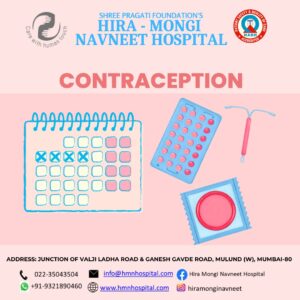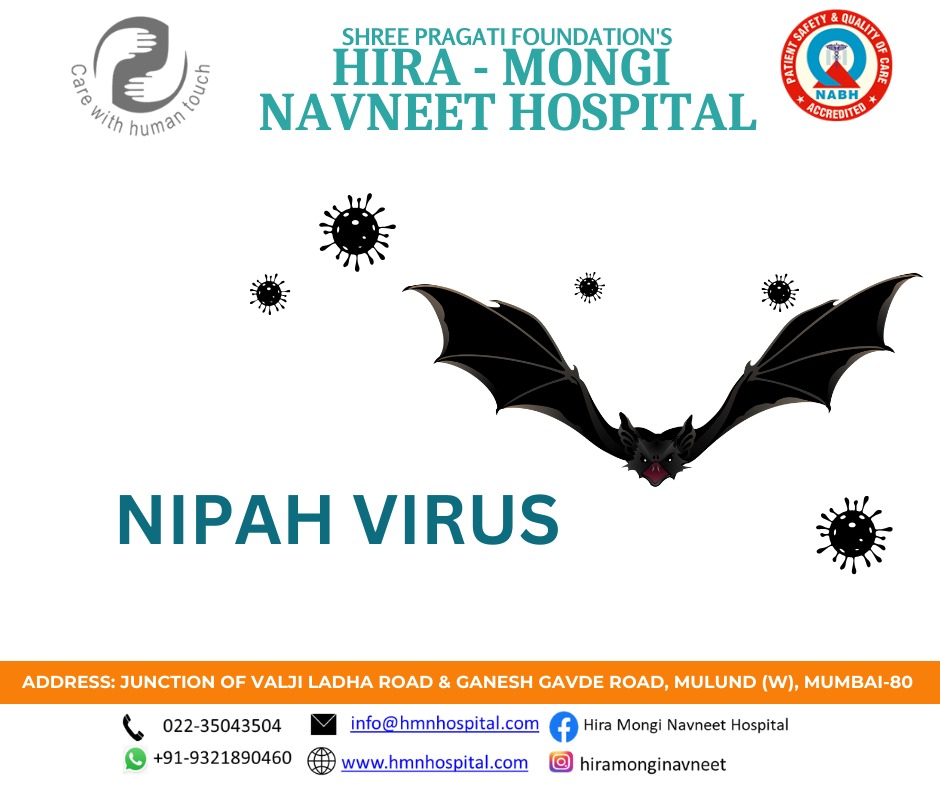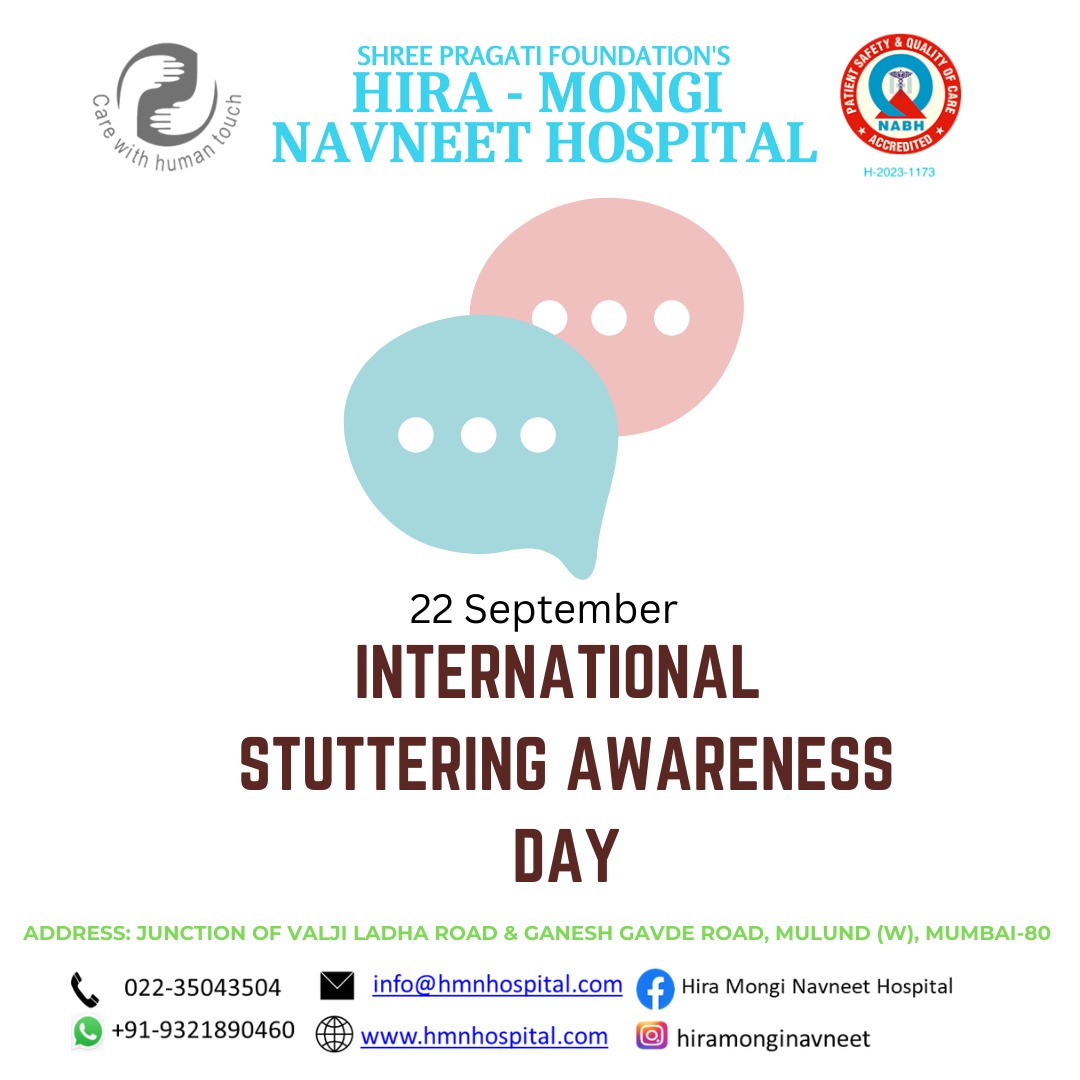CONTRACEPTION
 Contraception is a fundamental right
Contraception is a fundamental right
Contraception is the use of various methods to prevent pregnancy. There are many forms of contraception available, including hormonal methods, barrier methods, and fertility awareness methods. Choosing the right type of contraception can be a very personal decision, and it is important to discuss the options with a healthcare provider.
Thus, any device or act whose purpose is to prevent a woman from becoming pregnant can be considered as a contraceptive. The aim is to achieve this with maximum comfort and privacy, at the same time minimum cost and side effects. Some barrier methods, like male and female condoms, also provide twin advantages of protection from sexually transmitted diseases (STDs).
Need for Contraception
- Protection Against Unwanted Pregnancy
- Need for Protection Against Sexually Transmitted Diseases
- Vulnerability of Adolescents
Contraceptive Methods
- Hormonal Contraception: Hormonal methods of contraception include various options such as birth control pills, injections, patches, vaginal rings, and hormone-releasing IUDs. These methods work by increasing the levels of synthetic hormones in the body, which prevent ovulation, thicken cervical mucus, or hinder the movement of sperm.
- Barrier Contraception: Barrier methods of contraception include options such as condoms, diaphragms, and cervical caps. These methods physically block sperm from reaching the ovum and fertilizing it.
- Intrauterine Devices (IUDs): IUDs are small, T-shaped devices inserted into the uterus to prevent fertilization or implantation of a fertilized egg. Hormonal IUDs use synthetic hormones, similar to those used in birth control pills, while non-hormonal IUDs use copper to prevent pregnancy.
- Sterilization: Sterilization is a permanent method of contraception that involves procedures like tubal ligation (for females) or vasectomy (for males) to block or remove the reproductive organs’ tubes.
- Fertility Awareness-Based Methods: These methods involve tracking the menstrual cycle to determine when ovulation occurs to avoid intercourse on those days.
- Emergency Contraception: Emergency contraception methods include options such as the morning-after pill or copper IUD, which can be used after unprotected sex to prevent pregnancy.
Conclusion
To make these services more women-friendly, there is a need to provide adequate privacy, offer counseling and support, and create an enabling environment that empowers women to make informed choices about their reproductive health. Similarly, providers need to be trained to be sensitive to the needs of adolescents, who are often at a greater risk of unintended pregnancy due to their limited understanding of contraception and reproductive health.
optimal contraceptive selection should incorporate patient values and preferences. This includes taking into account factors such as age, reproductive history, medical history, personal beliefs, and lifestyle factors. The effectiveness of a given contraceptive method should also be considered, as should any potential side effects or risks associated with its use.
Ultimately, healthcare providers and patients should work together to choose the most suitable contraceptive method based on individual needs, preferences, and circumstances.


